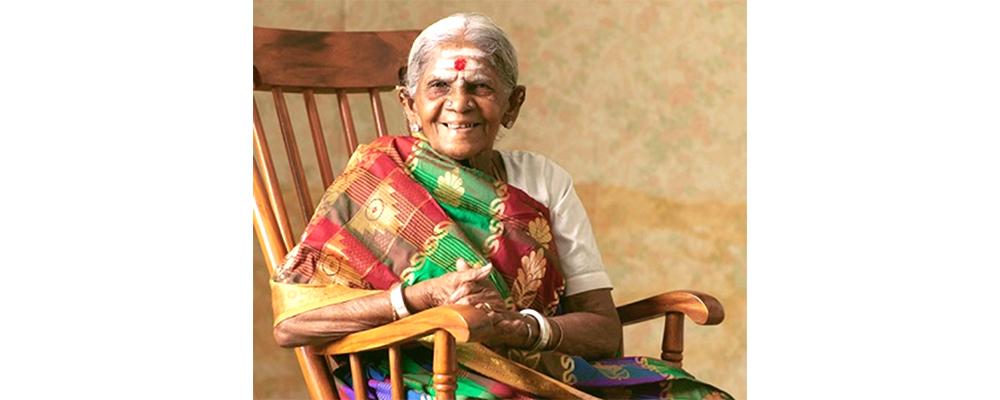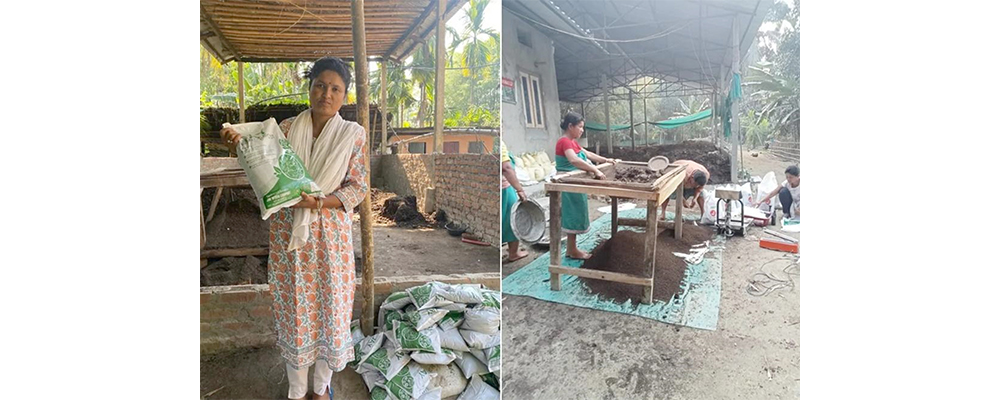Rural women have become pivotal change agents within their communities in recent decades. As societies evolve and economies transform, the roles and contributions of these women are gaining recognition, reshaping not only rural landscapes but also the broader socio-economic fabric.
Rural women play a crucial role in agriculture, which remains the backbone of many economies. They are responsible for a significant portion of food production, often managing farms, raising livestock, and ensuring food security for their families and communities. However, their contributions extend beyond farming. Many engage in small-scale enterprises, crafts, and trade, which help diversify local economies and provide vital sources of income.
Despite their significant roles, rural women continue to face numerous barriers. Limited access to healthcare, education, and technology remains prevalent. Cultural norms can restrict their mobility and decision-making power, further entrenching gender inequality. Additionally, rural areas often suffer from underinvestment in infrastructure, exacerbating these challenges.
Education has also been a critical focus. There has been an increase in enrollment rates in educational fields in recent years. Yet, many rural girls still face barriers to education due to factors like poverty, cultural norms, and early marriage. Schools may be far away, and inadequate transportation makes it difficult for girls to attend regularly. Insecurity for women in public and private spaces also affects decision-making in educational trajectories. Along with this, gender-based violence hinders paving a path for education. Girls are usually restricted to household chores or considered an extra mouth to feed and are also seen as potential sources of debt due to their future marriages. Instead, they may be put to work as spending on school education is not considered beneficial in the long run. Boys, since they are automatically considered the breadwinners of the home, may have easier access to education. Cultural attitudes towards women’s roles restrict their mobility and participation in public life. Social stigma discourages women from pursuing education outside the home. Due to this, they may be forced to engage in low-paying wage labour, such as factory work or piece-meal work, often seeking contractual women workers. They are also forced to migrate from their towns and villages to larger cities, seeking work along with their families.
Another challenge rural women face is inadequate healthcare facilities, leading to difficulties in accessing essential services such as maternal care, vaccinations, and treatment for common illnesses, which results in high rates of maternal and infant mortality. They experience malnutrition due to a lack of access to diverse and nutritious foods. This is exacerbated by poverty, food insecurity, and limited knowledge about dietary requirements, especially during pregnancy and lactation. Most women are diagnosed with anaemia, often caused by iron deficiency, which is prevalent among rural women, particularly pregnant and lactating women. Factors such as poor diet, frequent pregnancies, and limited healthcare access contribute to this condition, leading to fatigue and increased risk during childbirth.
Inadequate health care and poor sanitation and hygiene facilities lead to various health issues, including waterborne diseases. Women often bear the burden of collecting water and maintaining household hygiene, which can be physically taxing. Many areas struggle with inadequate access to safe drinking water. Contaminated water leads to diseases such as cholera, dysentery, and typhoid, disproportionately affecting vulnerable populations, especially women and children.
Poor sanitation disproportionately affects women and girls, who often bear the burden of managing household hygiene. The lack of private, safe sanitation facilities increases vulnerability to violence and harassment, especially during menstruation.
Another challenge is environmental change. Many rural women depend on natural resources for their livelihoods, making them particularly vulnerable to climate change and environmental degradation. Droughts, floods, and soil depletion can threaten their agriculture and food security. These changes affect them in the long run.
The integration of technology in rural areas holds great potential for development. However, there is a lack of necessary infrastructure, such as reliable electricity and internet connectivity. This digital divide makes it difficult for residents to access and utilize technology effectively. High prices for devices, software, and internet services limits access, particularly for low-income households. In the highly technologically driven era, rural families with limited access to technology need higher digital literacy rates. They struggle to use new tools and platforms without training and support.
Despite these difficulties, many trailblazing women from rural backgrounds have risen above these obstacles to lead significant social and economic reforms, often empowering other women in the process. Three prominent figures who made a name for themselves in the field of rural entrepreneurship and activism are listed here:
Kalpana Saroj {1961 – present} – Entrepreneur
Hailing from a Dalit family, she is from a rural village in Maharashtra. She overcame poverty and societal barriers by establishing a small furniture shop and then expanded her ventures into real estates, construction and other sectors. She also founded The Kamani Tubes.
Her success as a entrepreneur has broken barriers, showing that caste, gender, and rural origins do not have to limit one’s potential if given opportunities. Her journey from a small rural village to becoming a multimillionaire and one of India’s most powerful business women is a testament to her trailblazing spirit.

Saalumarada Thimmakka {1911 – Present} – An Environmentalist
She hails from a rural village in Karnataka; she is known for her efforts in planting and nurturing 8,000 trees along a stretch of
barren highway. Despite being illiterate and coming from a humble background, Thimmakka became an environmental activist, gaining national and international recognition for her environmental work, contributing to rural ecological conservation.

Kanika Talukdar – Vermicompost Businesswoman
Widowed when she was 27, Kanika Talukdar from Nalbari, Assam learnt to make vermicompost for a living. She also then had the sole responsibility of her 4-month-old daughter. Having studied till class 10, she struggled financially due to a lack of higher education or vocational skills. She invested Rs 500 to produce her first batch of 8 quintals in 2014, reared goats and learned the skill. She joined self-help groups and took training. Today, this successful rural woman entrepreneur from Nalbari, Assam, sells her products across India under the name Jay Vermi Compost.

Conclusion
Rural women are increasingly stepping into leadership roles, advocating for their rights and those of their communities. Their involvement in local governance and decision-making processes is essential for addressing land rights, healthcare, and education issues. By participating in these arenas, rural women can influence policies that directly affect their lives and the future of their communities. Publications like People’s Archive of Rural India also focus extensively on women’s issues – https://ruralindiaonline.org/en/stories/categories/women/- including reproductive health, serious issues like trafficking and abuse, and rural women’s unique vulnerabilities and struggles. More media houses need to focus on the lives of rural women and not paint them in a singular brush or ignore their issues.
As we move further into a changing world, empowering rural women is not just a matter of gender equity; it is a pathway to sustainable development. Recognizing and supporting the diverse roles of rural women can lead to stronger economies, healthier communities, and a more developed world.


0 Comments